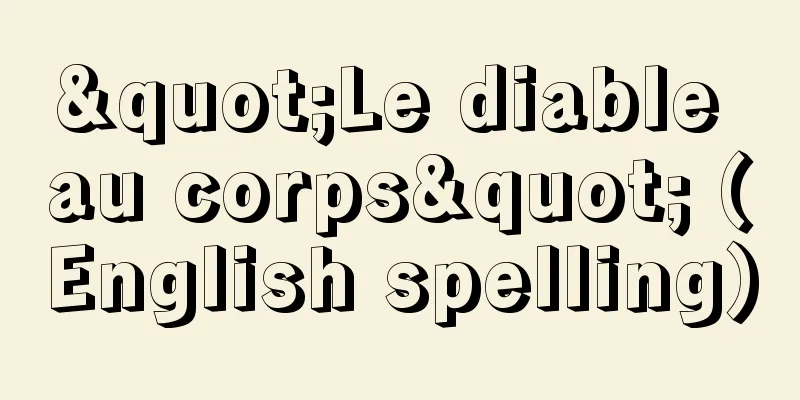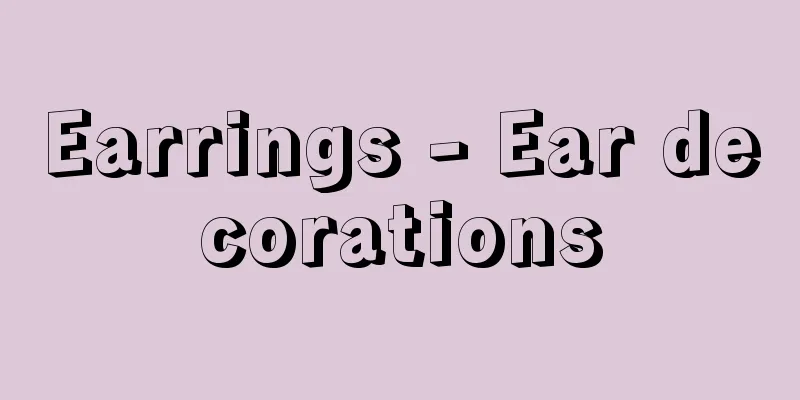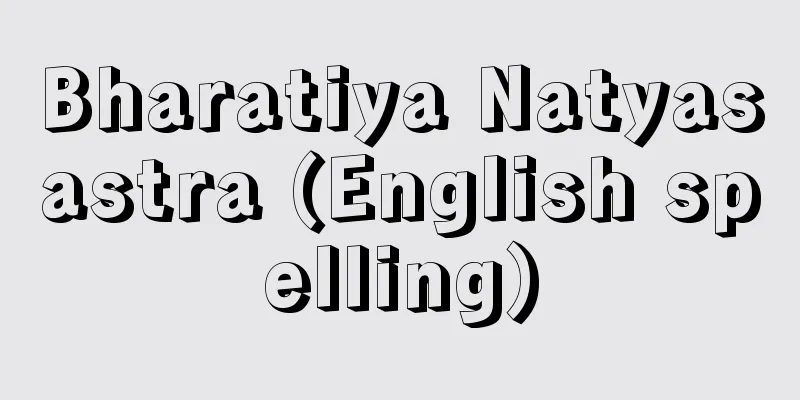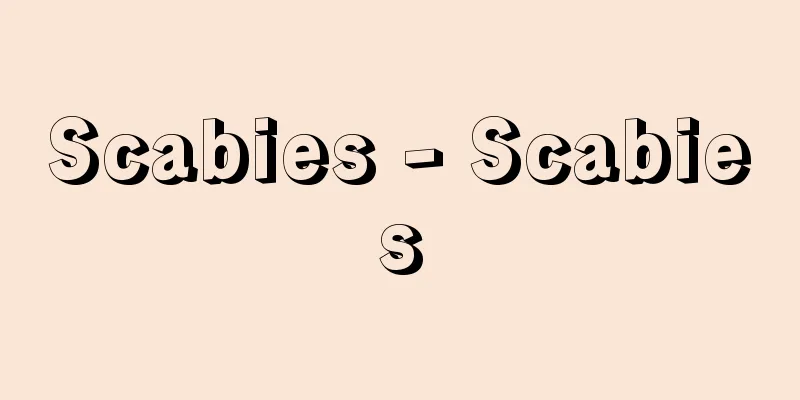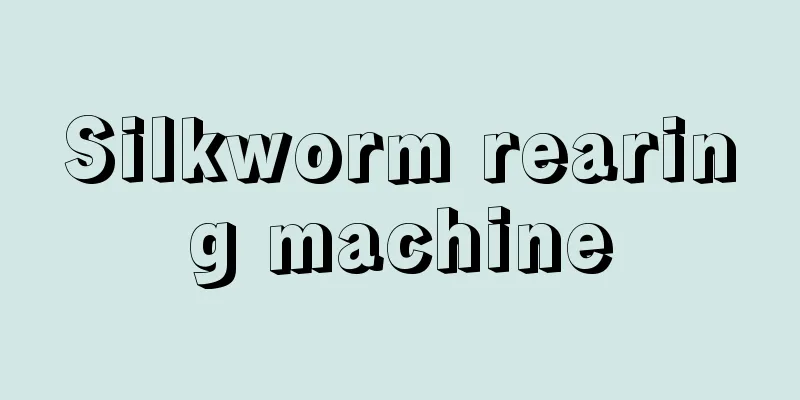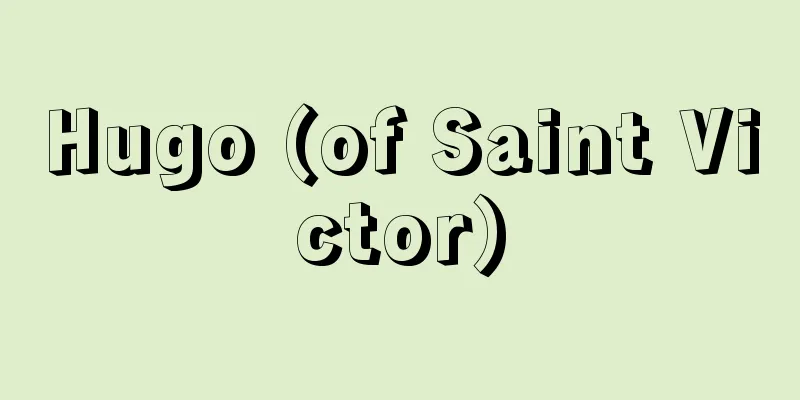White Drawing - White Bone

|
Paintings that are mainly drawn with ink brush strokes. Therefore, they are distinguished from "sumi-e" (ink paintings), which are mainly flat expressions of ink. They include preliminary drawings before coloring, powder paintings, and sketches, but full-fledged white drawings are works completed by line drawing. In China, they were called "white paintings" long ago, and after being perfected by Wu Daoyuan of the Tang Dynasty, they temporarily declined, but were revived by Li Gonglin at the end of the Northern Song Dynasty. In Japan, the tradition also dates back to the Nara period, and remains such as the "Mafu Bosatsu Statue" (Shosoin Treasures), but the technique was inherited as a basic technique for painters throughout the Heian period. Many of the powder paintings of esoteric Buddhist images were white drawings, and their transfer became popular during the Insei period. The "Choju Jinbutsu Giga" (Takao-san Temple, Kyoto) from the Heian period (12th century) was born from this tradition. As the 13th century began, the technical sophistication of Hakubyo's "tsukurimonogatari-e" (artistic story paintings) advanced and the "Hakubyo Yamato-e" style was established, producing works with clear beauty such as "Takafusa Kyo Tsuya Kotoba Emaki" (National Museum of Japanese History) and "The Pillow Book Emaki" (Asano Family, Tokyo). [Etsuko Kato] [Reference] | |Source: Shogakukan Encyclopedia Nipponica About Encyclopedia Nipponica Information | Legend |
|
墨の筆線を主体として描かれた絵画。したがって、墨の面的な表現を主とする「水墨画」とは区別される。彩色を施す前の下絵や、粉本(ふんぽん)、素描なども含まれるが、本格的な白描画は線描によって完成された作品である。中国では古く「白画」とよばれ、唐の呉道玄(ごどうげん)によって完成されたのち一時衰退していたが、北宋(ほくそう)末には李公麟(りこうりん)によって復興された。日本においてもその伝統は奈良時代にまでさかのぼり、『麻布菩薩(まふぼさつ)像』(正倉院宝物)などの遺品が残されているが、その技法は平安時代を通じて画家の基礎的技術として継承されていった。また密教図像の粉本の多くは白描画で、院政期にはそれらの転写が盛んとなった。平安時代(12世紀)の『鳥獣人物戯画』(京都・高山寺)は、このような伝統のうえに生まれたものである。白描の「つくり物語絵」も、13世紀に入るとその技術的洗練が進み「白描やまと絵」の様式が確立し、『隆房卿艶詞(たかふさきょうつやことば)絵巻』(国立歴史民俗博物館)、『枕草子(まくらのそうし)絵巻』(東京・浅野家)などの清澄な美感を備える作品がつくられた。 [加藤悦子] [参照項目] | |出典 小学館 日本大百科全書(ニッポニカ)日本大百科全書(ニッポニカ)について 情報 | 凡例 |
Recommend
Descriptive statistics
Along with inferential statistics, it is one of th...
Hiroshige Ando
⇒ Utagawa Hiroshige (1st generation) ⇒ Utagawa Hir...
Babst, IK (English spelling) BabstIK
...For this reason, their opponents, the Slavophi...
Guo Maochen
...Chinese military man. His pen name was Maochen...
General jurisdiction - Ippankankatsuken
…Civil jurisdiction is the power to determine or ...
Aroclor - Aroclor
...It is a biphenyl compound with two benzenes li...
Nopporo Forest Park
This prefectural natural park, located in central...
Arima Memorial Horse Racing
…In 1980, he became chairman of the Japan Racing ...
Johnston, D.
Other playwrights with a strong connection to the...
Jäger, F.
...Later, W. Köppen improved on this system, plac...
True Holy King (English spelling) Chin-sŏng-wang
Queen of Silla, ancient Korea. Date of birth and d...
International Women's Year
It is one of the plans of action declared and esta...
Ocean Expo Memorial Park
...The coral reef coastline with the green mounta...
Allegoria (English spelling)
Allegory is a literary work or a visual art work ...
covered yarn
…Yarns processed by the twisting/untwisting, rubb...
